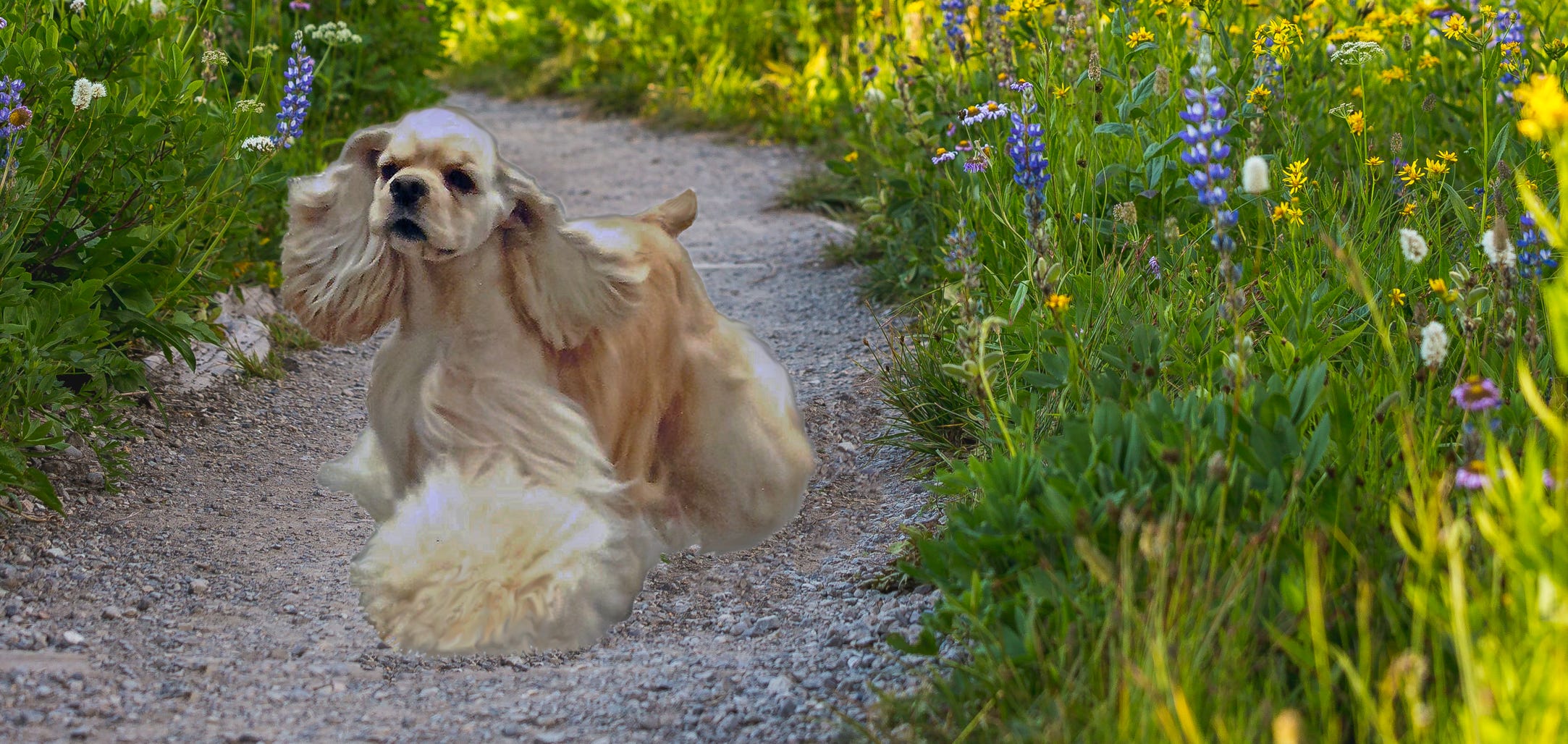
NEVER STOP LEARNING!
UNDERSTANDING
THE MYSTERIES OF
BREED TYPE
By Richard Beauchamp

?
Begins with having an “eye”
Through the years, the innate ability to assess breed type has become known as “having an eye.” It’s a sense of stockman-ship -the ability to recognize a fine animal. But yet, even beyond that, it’s a highly developed sense of proportion, symmetry, and balance.
Many consider this a gift, and quite frankly I do believe this is so. All good artist have this gift, as do many people whose only association with art is pure enjoyment.
Even with this gift, this eye, it still takes time to unfathomed all the subtleties of breed type. Good teachers can provide the proper clues that enable students to find their way to correct type, but it is entirely up to the students to find their way to correct type, but it is entirely up to the students to take that information and create a accurate picture. The reason, quite simply, is that evaluating dogs is an art, and like any artistic endeavor, it takes time, trial, and error to hone one’s expertise.
So it is with the fine arts of breeding and judging dogs. Those who have prepared to spend the time and study the endeavor will require if they want to develop their gift to the fullest.
Unfortunately, in the dog game, everyone is a genius, and you’re as apt to hear someone say, “I don’t know” as you are to win the lottery -twice!
Nowhere, but nowhere, is there such a reluctance to admit lack of genius as I find in the dog game! But it appears all judges are created equal and judge at the same level - flawlessly!
‘Acquiring knowledge is wholly dependent upon understanding there is knowledge to be acquired. Slamming the door on learning is a talent most apt to be relied upon by the incompetent.’
My mentors were two of the most knowledgeable people in the field of dogs that I have ever known. Without a doubt, they were my greatest mentors and were at the same time the most humble people I knew in respect to their knowledge.
They each cautioned me against thinking I had learned all there was to learn about anything in our world of dogs. “If you get to that place you figure you’ve learned it all, fold up your tent and try something else, before you embarrass yourself.”
‘Closing the door to learning is a major part of the reason that some make such little progress. As a result, they rely on what the other person is doing or what the dog press tells them will make them part of the “in-crowd” if they do likewise. Instead of becoming outstanding, they wind up as one of the herd.’
Keeping an open mind is critical any pursuit in dogs, but especially in attempting to understand type. It is not that this article nor any other can teach someone to recognize type, but an inquiring mind allows you to respect the information that can assist you along the path that gets you there.
Realistically, not everyone who chooses to breed or judge dogs will do so at the same level. Still, anyone who is dedicated and willing to invest time in study can enjoy some measure of success by learning to recognize what the components of breed type include. They are the bottom-line basics that we all must have if we hope to progress and understand.
After long and careful consideration, and many years of observing dogs of the last several decades, I compiled a set of characteristics with which I evaluate dogs. They are the areas in which the great dogs I've known have scored very heavily. To me, they comprise what I referred to as the “elements of breed type.”
No one should ever attempt to breed dogs or to award championship points until he or she is able to recognize the degree to which a given dog succeeds in these areas.
There are only five, but they are the five most important things there are to know about any given breed -they are the elements that constitute breed type:
-Breed Character
-Silhouette
-Head/Expression
-Coat
An Overview of the Elements
Breed Character:
Breed character is the sum total of all those mental and physical characteristics that define not only what the breed should look like, but how it should conduct itself. A dog possessing great breed character possesses all the clues of its origin and history, and assist you in establishing that all important vision of excellence for the breed.
Silhouette:
Absolute clarity on the correct silhouette establishes the framework within which the breeder and judge will work. First the framework, then the general interior, and then the specifics, one step at a time.
Head / Expression:
Without its unmistakable face, and his particular expression, even the dog whose character and silhouette tells you it is a member of that breed would be a disappointment. Head and expression constitute a major part of what gives us a breed. But take special note -they are a part of what gives us the breed -not all. Do not make the mistake of believing it is all that distinguishes a breed. Breed type extends well beyond a dog’s head. A dog with the loveliest head possible and nothing more is simply a dog with a great head -not a great dog.
Movement:
Movement as an element of breed type addresses whether or not the movement is actually correct for the breed. A dog can only move properly for its breed if it is constructed properly for its breed. When you change movement, you change construction. Attitude, showmanship, and charisma are entirely another matter. They are a matter of temperament and, in fact, are more appropriately included under breed character.
Coat:
This element of breed type includes texture, quality, color, trim, and amount. The emphasis varies somewhat from breed to breed. In most breeds texture, quality, and color are primarily defining factors, yet far more attention is given to the amount of coat and the manner in which it is presented than anything else.
Summary
There is no doubt in my mind that anyone, even the beginning student of dogs, can learn to recognize type once he for she masters the components that combine to create it. Once these elements - the ones I like to call “The Big Five” -are understood, it becomes easy to understand why a dog must score well in each in order to qualify as an example of outstanding type.
This article is just the tip-of-the-iceberg!
To study breed type in greater detail read Richard Beauchamp’s outstanding book,
Solving the Mystery’s of Breed Type. It can be found on Amazon.